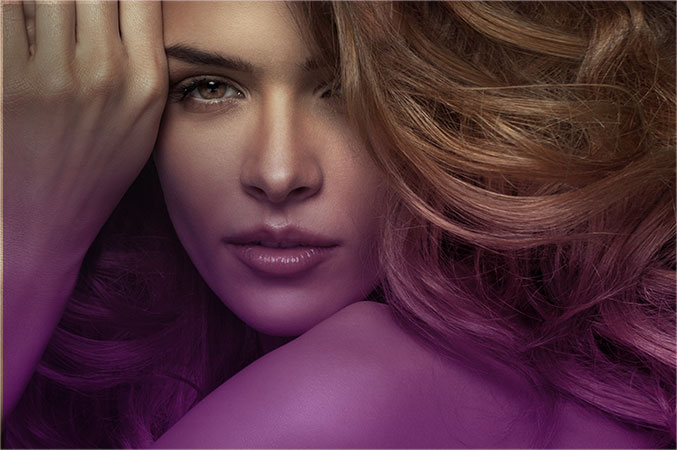Learn More About Rhinoplasty Surgery
A Rhinoplasty is a cosmetic surgical procedure to change the shape or size of the nose. One of the most common plastic surgery procedures, a Rhinoplasty can change the shape of the bridge or tip, change the angle between the nose and the upper lip, narrow the span of the nostrils, help relieve some breathing problems, and repair an injury or birth defect. Any individual contemplating this type of surgery must first have a personal consultation with a plastic surgeon certified by the American Board of Plastic Surgery, such as Dr. Shienbaum.
Brandon Plastic Surgery is 18 minutes from Tampa, 51 Minutes from Lakeland and 15 minutes from Riverview.
Rhinoplasty candidates must be over the age of 15 years to ensure they have completed their growth spurt. The best candidates are physically healthy and psychologically stable people who are looking for an improvement, not perfection, in the way they look. In the Tampa area, patients must first schedule a consultation, where Dr. Shienbaum can examine their medical history to determine their eligibility.

Minor rhinoplasty procedures can be performed in an office setting under local anesthesia. while the majority of rhinoplasty procedures are performed under anesthesia in an outpatient facility. The procedure takes approximately one to two hours, but occasionally may take longer, depending on the extent of the procedure.
In the Tampa, Brandon, and Riverview areas, rhinoplasties may be performed using different techniques. Rhinoplasty procedures are performed from within the nose, making the incision inside the nostrils and leaving virtually no visible scarring. Other cases may require an open incision. This small incision is placed across the vertical strip of tissue separating the nostrils, otherwise known as the columella. During surgery, the skin of the nose sculpted to the desired shape.
You will be given specific instructions on how to prepare for surgery, such as avoiding certain vitamins and medications, washing your face, and guidelines on eating, drinking and smoking. It is imperative that you follow these instructions to help your surgery go smoothly. You will need to arrange for someone to drive you home after surgery and to drive to the office the following day. It is a good idea to have them prepare to stay with you for a couple of days if needed.
When the surgery is complete, nasal packs may be placed in the nostrils to stabilize the septum, which is the dividing wall between the air passages. This will be removed after a few days. Often, a splint is applied to help the nose maintain its new shape. Discomfort can be controlled with pain medication prescribed by the surgeon. It is common to expect some swelling and bruising around your eyes. This reaches a peak after 2 or 3 days but can be reduced by applying cold compresses. By the end of the first or second week, all dressings, splints, and stitches should be removed.
The healing process is a gradual one, and some mild swelling may be present for months. Final results may not be apparent for a year or more, so patience is key. Your surgeon will give you specific post-surgery instructions. During and after the healing process, you may receive some unexpected reactions from those close to you. In some cases, your family may not understand why you have changed a family or ethnic trait, or say that they do not notice a difference in your nose. In these cases, remember why you decided to have surgery in the first place– if your personal goals have been met, then it is a success.
In general, a rhinoplasty is considered to be an effective and safe means for changing the appearance of the nose and creating a better balance to the face. Many patients in the Brandon and Riverview areas enjoy their results after their rhinoplasty procedure. To find Brandon Plastic Surgery, our office is one hour from Winter Haven, 48 minutes from Bradenton and 35 minutes from Wesley Chapel.
